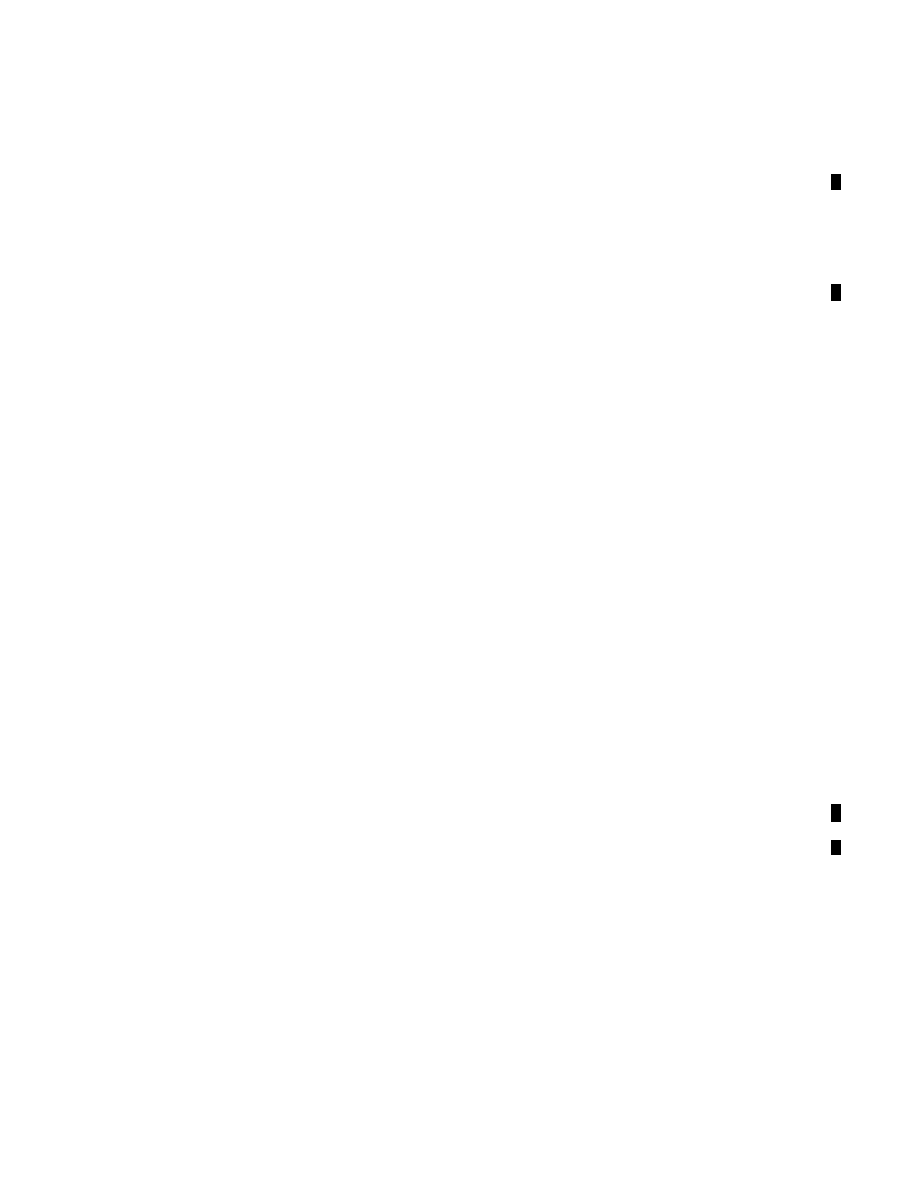
3/21/24
AIM
of each Class D airspace area is individually tailored and when instrument procedures are published, the airspace
will normally be designed to contain the procedures.
1.
Class D surface areas may be designated as full-time (24 hour tower operations) or part-time. Part-time
Class D effective times are published in the Chart Supplement.
2.
Where a Class D surface area is part-time, the airspace may revert to either a Class E surface area (see
6e1) or Class G airspace. When a part–time Class D surface area changes to Class G, the surface
area becomes Class G airspace up to, but not including, the overlying controlled airspace.
NOTE
−
1.
The airport listing in the Chart Supplement will state the part–time surface area status (for example, “other times CLASS
E” or “other times CLASS G”).
2.
Normally, the overlying controlled airspace is the Class E transition area airspace that begins at either 700 feet AGL
(charted as magenta vignette) or 1200 feet AGL (charted as blue vignette). This may be determined by consulting the
applicable VFR Sectional or Terminal Area Charts.
b. Operating Rules and Pilot/Equipment Requirements:
1. Pilot Certification.
No specific certification required.
2. Equipment.
Unless otherwise authorized by ATC, an operable two
−
way radio is required.
3. Arrival or Through Flight Entry Requirements.
Two
−
way radio communication must be established
with the ATC facility providing ATC services prior to entry and thereafter maintain those communications while
in the Class D airspace. Pilots of arriving aircraft should contact the control tower on the publicized frequency
and give their position, altitude, destination, and any request(s). Radio contact should be initiated far enough
from the Class D airspace boundary to preclude entering the Class D airspace before two
−
way radio
communications are established.
NOTE
−
1.
If the controller responds to a radio call with, “[aircraft callsign] standby,” radio communications have been established
and the pilot can enter the Class D airspace.
2.
If workload or traffic conditions prevent immediate entry into Class D airspace, the controller will inform the pilot to
remain outside the Class D airspace until conditions permit entry.
EXAMPLE
−
1.
“[Aircraft callsign] remain outside the Class Delta airspace and standby.”
It is important to understand that if the controller responds to the initial radio call without using the aircraft callsign, radio
communications have not been established and the pilot may not enter the Class D airspace.
2.
“Aircraft calling Manassas tower standby.”
At those airports where the control tower does not operate 24 hours a day, the operating hours of the tower will be listed
on the appropriate charts and in the Chart Supplement. During the hours the tower is not in operation, the Class E surface
area rules or a combination of Class E rules to 700 feet above ground level and Class G rules to the surface will become
applicable. Check the Chart Supplement for specifics.
4. Departures from:
(a)
A primary or satellite airport with an operating control tower. Two-way radio communications must
be established and maintained with the control tower, and thereafter as instructed by ATC while operating in the
Class D airspace.
(b)
A satellite airport without an operating control tower. Two-way radio communications must be
established as soon as practicable after departing with the ATC facility having jurisdiction over the Class D
airspace as soon as practicable after departing.
5. Aircraft Speed.
Unless otherwise authorized or required by ATC, no person may operate an aircraft at
or below 2,500 feet above the surface within 4 nautical miles of the primary airport of a Class D airspace area
at an indicated airspeed of more than 200 knots (230 mph).
Controlled Airspace
3
−
2
−
9